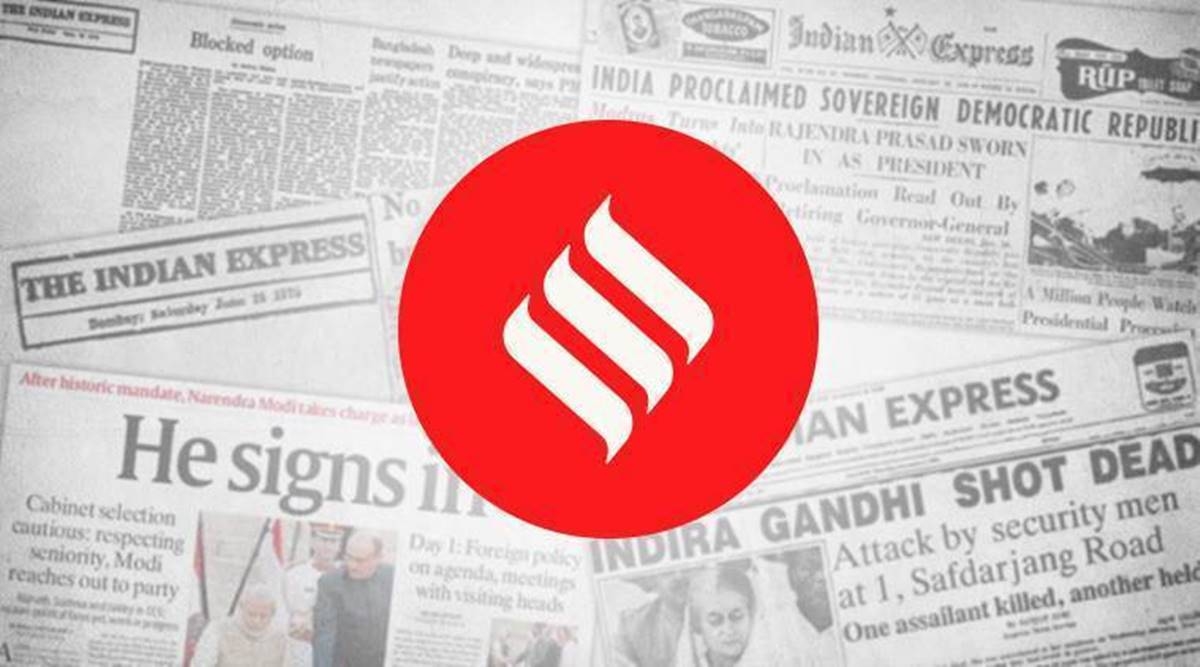 The Uttar Pradesh police, in the last few years, has consistently chipped away at its facade of being a professional police force.
The Uttar Pradesh police, in the last few years, has consistently chipped away at its facade of being a professional police force.Last month, Union Health and Family Welfare Minister Harsh Vardhan told the Rajya Sabha that he expects a vaccine against COVID-19 to be available by early 2021. But he added a note of caution about the time it could take to reach everyone. On Sunday, he spoke again on the issue: “Prioritisation of groups for the COVID-19 vaccine shall be based on two considerations — occupational hazards and the risk of developing severe disease and increased mortality.” The minister has done well to indicate the government’s priorities at an early stage — a vaccine for mass use is, by most estimates, at least three months away. But in the coming weeks and months, as the government gives shape to its plans, narrowing down the priority list, it will need to answer more questions. For instance, if the strategy is to give precedence to healthcare workers, should doctors who deal with infectious diseases get the first shot? Or should nurses, ward attendants, ambulance drivers be higher on the priority list? Among those with comorbidities, should the health of the elderly be secured first, or do relatively younger people, who need to travel more, have a more urgent claim? Should those who live in slums and congested areas get priority? Choosing from among different sets of vulnerabilities is never easy. It is important, therefore, that the government opens the conversation to a variety of specialists — epidemiologists, ethicists, economists, patient groups, social scientists.
The WHO’s preliminary guidelines for vaccine allocation underline the significance of a deliberative procedure: “Employ best available scientific evidence, expertise, and significant engagement with relevant stakeholders for vaccine prioritisation… using transparent, accountable and unbiased processes to engender… trust in prioritisation decisions”. A consensus also seems to be emerging globally that allocation strategies should be informed by wide-ranging discussions. In the US, the Centers for Disease Control and Prevention asked the National Academies of Sciences, Engineering and Medicine (NASEM) to develop a plan “to fairly allocate” a vaccine. NASEM reportedly conducted a public hearing in the first week of September before releasing its first draft.
The Drugs Controller General of India said, last month, that it would approve a vaccine “of at least 50 per cent efficacy”. Given the magnitude of the crisis, this low bar is understandable. But a less than 100 per cent sure inoculation could mean that plans to track the initial recipients will have to be developed in tandem with the allocation strategy. It’s important that a range of specialists are called in to join the dots, think through the difficult issues.
📣 The Indian Express is now on Telegram. Click here to join our channel (@indianexpress) and stay updated with the latest headlines
For all the latest Opinion News, download Indian Express App.